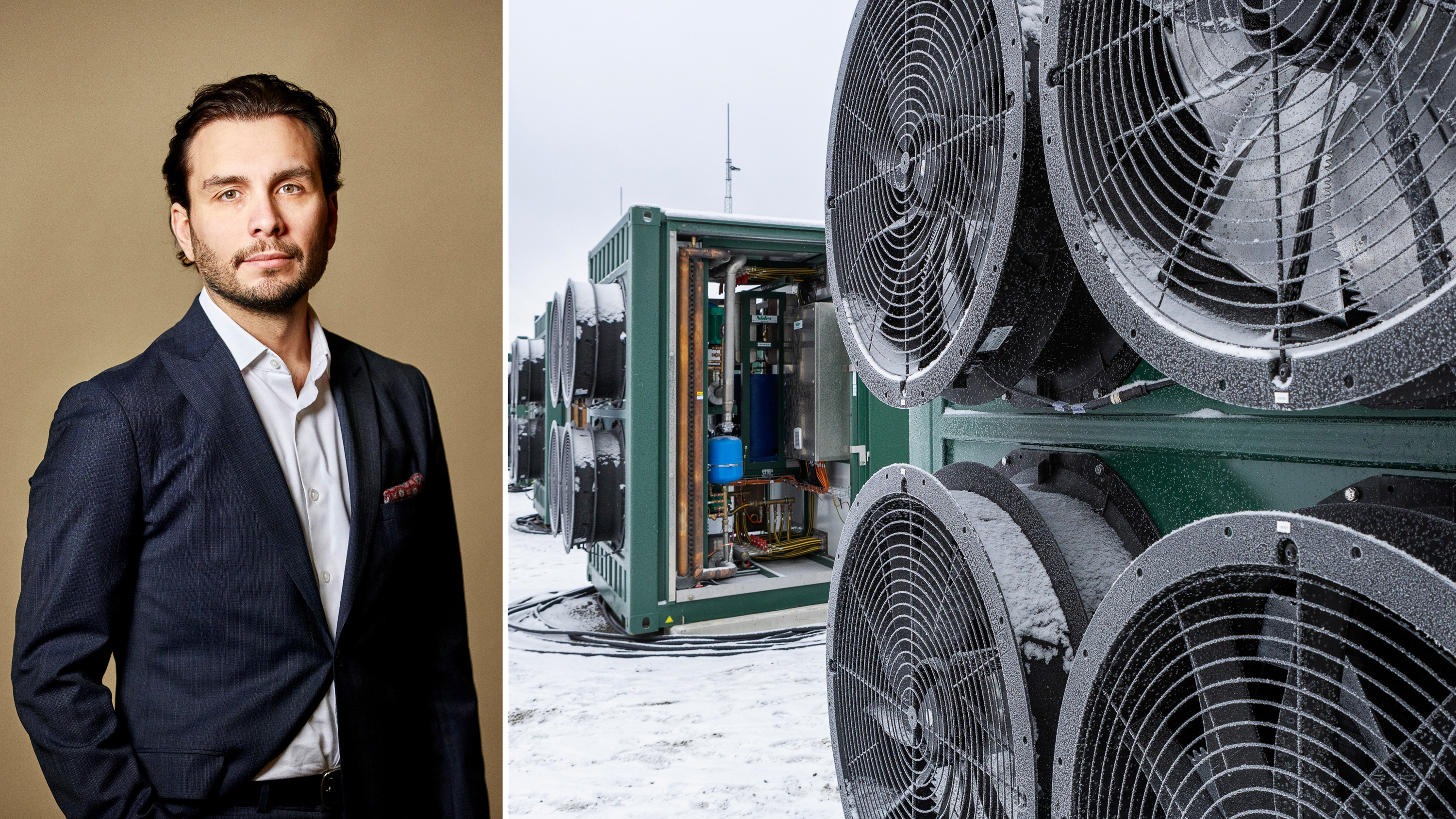Why you are underestimating the development of battery storage
"We have the technology we need to build the flexible, clean, cost-efficient and reliable electricity system of the future. Let’s get to work," says Mehmet Energin, OX2's Chief Investment Officer.
In the past four years the US has installed battery capacity equivalent to 20 nuclear reactors. And it is already transforming the grid. In California, grid-scale batteries are starting to push out fossil gas hours after sunset. And the battery capacity in California has grown by 30 percent in just the last six months. Some of the reasons are:
The cost-curve. Two years ago, the cost of lithium-ion battery packs was estimated to come down to $150 per kWh by 2030. This year the price came down to $115 per kWh. Lithium-ion battery pack prices has decreased by 80% in the last 12 years
Batteries in everything. Today we have batteries in so many everyday things, home appliances, gardening tools, cell phones and cars. The vast usage of lithium-ion enables further adoption, batteries are in everything hence a positive circularity on cost. We are only in the beginning of a development.
Enabling the renewable explosion. To meet the goal of tripling the world’s renewable capacity by 2030 (about 11,000 GW) the world needs 1,200 GW of battery storage, according to IEA. Batteries can supply grid services and load shifting (stored energy in batteries dispatched at night, this is already replacing a big part of the gas in California).
The flexible energy system of the future. As more sectors are electrified the demand for large amounts of electricity will be more unpredictable. This volatility creates business opportunities. The ones who can manage this will thrive and, overall, the costs are coming down despite times with higher prices. A flexible system is cheaper with already strong and growing investor interest and evolving financing options.
An electricity system with more battery storage is cheaper and cleaner: According to an analysis by think-tank Ember Germany could, in one month, have avoided 36 GWh of expensive fossil power and €2.5mn in fuel costs with only 2 GW of additional battery capacity.
At OX2 we are developing energy storage, both standalone and co-located with onshore wind and solar power across our markets.
Finally, we have the technology we need to build the flexible, clean, cost-efficient and reliable electricity system of the future. Let’s get to work.
Mehmet Energin,
Chief Investment Officer, OX2
Energy storage offers a range of benefits and plays a vital role in modern energy systems by improving grid stability, enhancing the integration of renewable energy sources, and providing backup power.
Bredhälla in Sweden, our first battery energy storage system (BESS), has a total capacity of 42.5 MW / 42.5 MWh spread across 20 containers. It was sold to Flower, a Swedish company active in energy technology and storage solutions, in June 2024.
